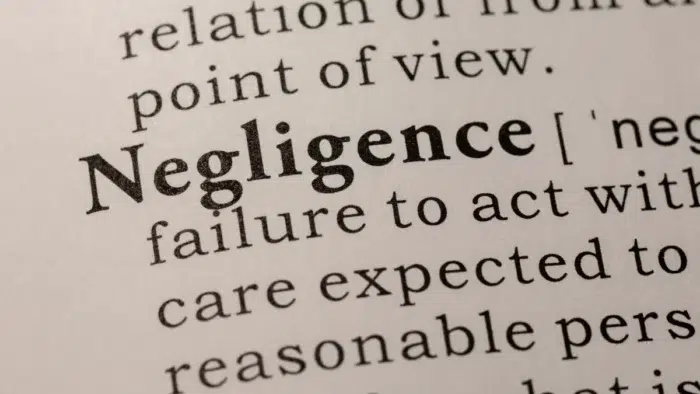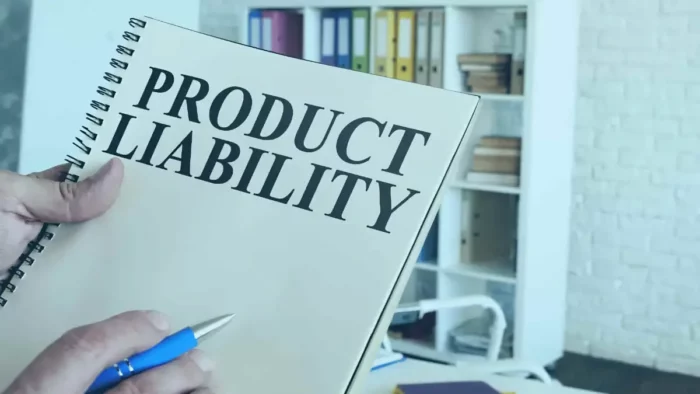Proving negligence is typically a vital component of a successful claim in personal injury claims, which can be complex on their own. The victim must show that the defendant’s carelessness directly caused their injuries.
In order to better understand the legal concepts underlying personal injury claims, this article examines the five most prevalent approaches to show negligence. If you’ve been hurt due to someone else’s carelessness, you’ll need to know these facts before filing a personal injury claim for compensation.
Duty of Care
To show negligence, one must first establish a “duty of care.” As a result of this idea, people are obligated by law to avoid putting others in danger if they can reasonably avoid doing so. A driver, for instance, has a responsibility to maintain control of their car and avoid collisions at all costs. In a medical environment, healthcare practitioners owe a duty of care to their patients.
To prove the defendant owed the plaintiff a duty of care, the plaintiff must show that the defendant failed to take reasonable precautions to prevent reasonably foreseeable injury. Negligence in a personal injury case is difficult to argue without first establishing a duty of care. You can explore https://www.warforhou.com/ to find a trial attorney who could help with proving negligence.
Breach of Duty
After “duty of care” is established, “breach of duty” must be proven. This happens when the defendant does not exercise the level of care that is required of them. To prove negligence, one must show not only that a duty of care existed, but also that the defendant breached it.
A motorist has a duty to follow all applicable laws and operate their vehicle in a safe manner, and if they fail to do so and cause an accident, they have acted negligently. A healthcare provider may be in violation of their duty of care in a case alleging medical negligence if they vary from generally accepted standards of care.
Evidence showing the defendant’s conduct or inaction was below what a reasonable person in the same position would have done is usually required to establish a breach of duty. Witness testimony, expert opinions, and evidence of broken laws or ordinances are common types of this evidence.
Causation
Proving negligence in personal injury claims also requires evidence of causation. It includes proving a direct link between the defendant’s breach of duty and the plaintiff’s injuries. To prove carelessness or fault in a legal case, you must establish that the defendant’s conduct caused the plaintiff’s damages.
When there are several possible causes of an injury, proving causality can be difficult. An expert witness’s testimony regarding the origin of the harm is often pivotal in such cases. Their evidence can be used to prove that the plaintiff would not have suffered any harm “but for” the defendant’s conduct.
In a slip-and-fall case, for instance, the plaintiff was hurt because the store’s owner ignored a dangerous condition. It would be necessary to show that the hazardous situation was the proximate cause of the fall and harm sustained.
Damages
In a personal injury lawsuit, “damages” refers to the costs the plaintiff incurred as a result of the defendant’s carelessness. Financial and non-financial damages that can be compensated for include medical bills, pain and suffering, lost wages, property damage, and more.
Proving damages is vital in collecting reimbursement. The strength of a case is proportional to the extent and documentation of the damages claimed. Gathering and presenting evidence, such as medical bills, images of injuries, witness testimony, and record of lost income, is essential for proving the full degree of losses.
Negligence Per Se
Negligence per se might make demonstrating negligence easier in specific circumstances. This legal principle applies where the defendant’s conduct is in direct violation of a rule or statute meant to safeguard the public’s safety. In such cases, the mere fact of a violation of law or regulation is sufficient to establish carelessness.
For instance, if an accident is attributed to a driver who was going over the speed limit, such infraction would be considered negligence per se. The mere fact that the motorist was operating a vehicle in violation of the law is proof of carelessness.
Endnote
Cases can be simplified when negligence is presumed to have occurred. Gathering good evidence, consulting with legal experts, and establishing a direct causal relationship between the defendant’s conduct and the plaintiff’s harms are all essential steps in constructing a solid case. Personal injury cases can be complicated, and it’s not uncommon to need legal representation in order to prove fault and pursue compensation. Consulting an attorney is the first action you should do after suffering an injury due to another’s carelessness.





